Embrace the power of innovation with cutting-edge Agriculture Technology Tools. From GPS-guided machinery to remote sensing and data analytics, these tools are transforming the way we cultivate crops and manage farms. Discover the future of agriculture and unlock its full potential in this article by Taivn.mobi
What Is Agriculture Technology Tools?

Agricultural technology, or “agritech,” refers to a wide range of disciplines and products that improve agricultural output. Vehicles, robotics, computers, satellites, drones, mobile devices, and software are all included. The application of big data analytics and artificial intelligence (AI) technologies in agriculture is another example of how the agricultural sector is embracing technological innovation.
Farming and field management have seen revolutionary changes in the last few decades. Much of the recent success in crop management and greater yields can be attributed to the use of new, cutting-edge technologies in agriculture.
Important of Agriculture Technology Tools
Agriculture technology tools play a crucial role in modern farming practices. Here are some key reasons highlighting the importance of agricultural technology tools:
- Increased Efficiency:
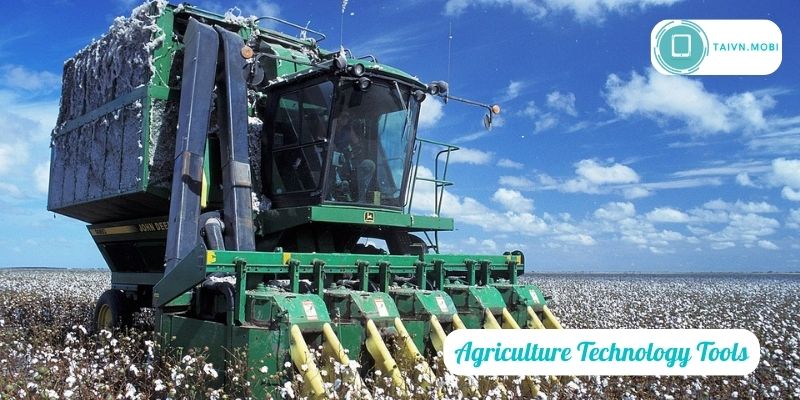
Technology tools automate and streamline various farming operations, leading to increased efficiency and productivity. Tasks such as planting, irrigation, harvesting, and pest control can be performed with precision and reduced labor requirements.
- Improved Resource Management:
Agricultural technology tools enable farmers to optimize the use of resources such as water, fertilizers, and pesticides. By implementing precision application techniques, farmers can minimize waste, reduce input costs, and promote environmental sustainability.
- Enhanced Decision-Making:
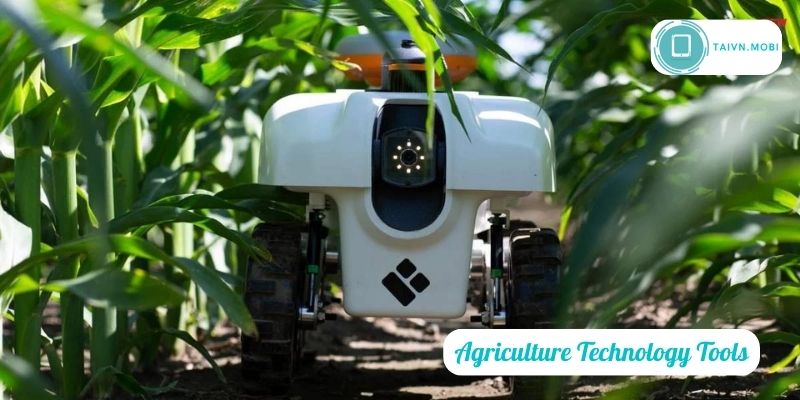
Technology tools provide farmers with valuable data and insights for informed decision-making. Data on soil health, weather patterns, crop growth, and yield variability help farmers identify potential issues, make timely adjustments, and improve overall farm management strategies.
- Precision and Accuracy:
Precision agriculture tools, such as GPS and remote sensing, allow for precise mapping, monitoring, and targeting of specific areas within a field. This precision ensures that inputs are applied only where needed, reducing the risk of over-application or inefficient resource utilization.
- Crop Monitoring and Management:
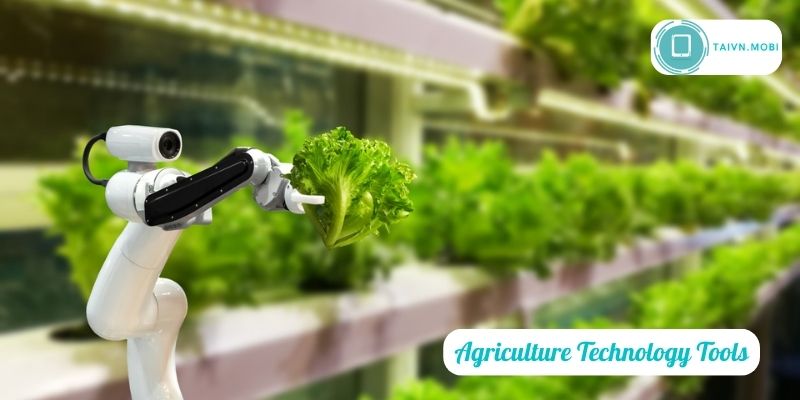
Agriculture technology tools enable real-time monitoring of crop health, growth, and stress levels. This helps farmers identify diseases, pests, or nutrient deficiencies early on, allowing for prompt intervention and improved crop management.
- Data-Driven Insights:
Technology tools gather and analyze large amounts of data, providing farmers with valuable insights into their operations. From historical yield data to weather patterns, this information helps farmers identify trends, make data-driven predictions, and optimize their farming practices.
- Sustainability and Environmental Stewardship:
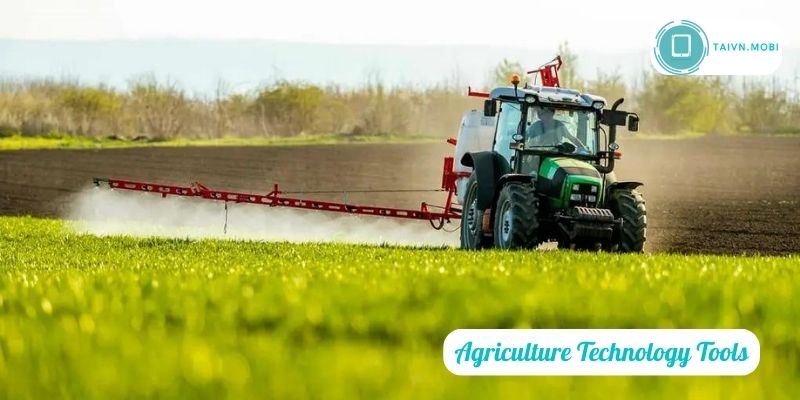
Agricultural technology tools support sustainable farming practices by reducing waste, optimizing resource usage, and minimizing the environmental impact of agriculture. Precision application techniques and data-driven decision-making contribute to more sustainable and eco-friendly farming methods.
- Economic Benefits:
By improving efficiency, reducing input costs, and increasing yields, agricultural technology tools can have a positive impact on farm profitability. These tools help farmers make better-informed decisions, manage risks, and maximize their returns on investment.
In summary, agricultural technology tools are essential for modern farming. They provide farmers with the means to increase efficiency, optimize resource management, make informed decisions, monitor crops, and promote sustainability—all of which contribute to a more productive, profitable, and sustainable agriculture industry.
Agriculture 3.0, often known as precision farming
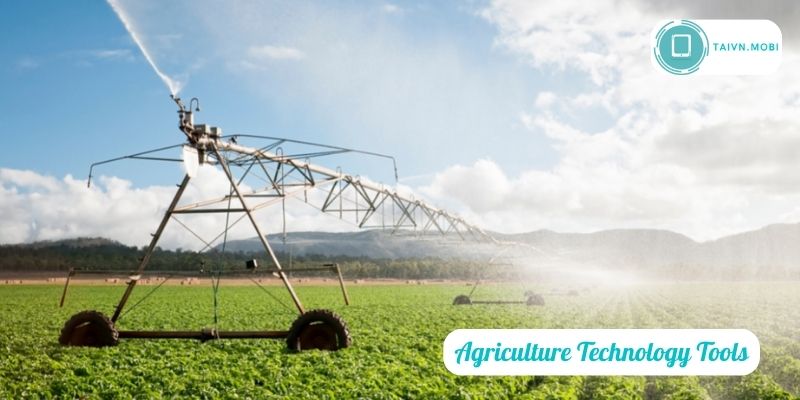
Precision or smart farming, often known as Agriculture 3.0, arose from the necessity to track and manage all crop inputs more efficiently. Precision agriculture and related agricultural technologies have resulted in the development of new farming methods and tools.
The Global Positioning System (GPS) was the game-changing technology that enabled this age of farming. GPS aids in the detection of variations within an agricultural production space, enabling more efficient use of existing resources. This was the driving force behind the concept of sustainable agriculture and a variety of automation solutions.
Agriculture 4.0, also known as connected farming
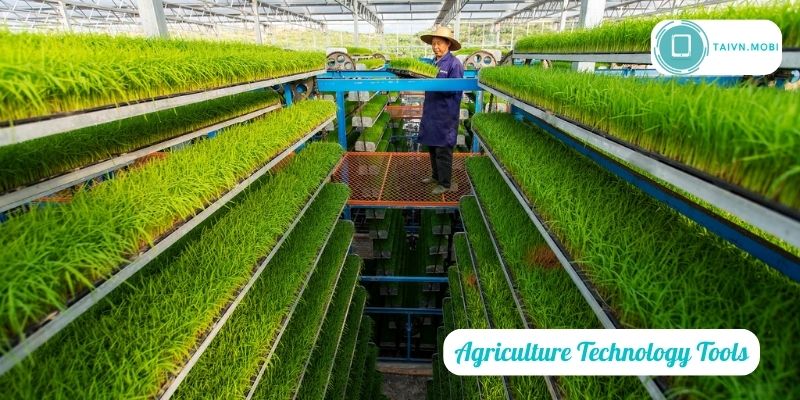
The transition from smart farming to connected farming is a good example of how quickly agricultural production technologies advanced at the turn of the century. Autonomous machinery, sensor-equipped robots, augmented reality, the Internet of Things (IoT), drones, and satellites are all part of the Agriculture 4.0 ecosystem.
Agricultural decision-making is now dependent on data saved in the cloud and accessible via digital tools. Farmers and other significant participants in the agricultural industry can make better decisions with the help of this evaluated data.
Agriculture 4.0 is emerging in an era of widespread automation and digital connectivity. All advances in agricultural technology are becoming more integrated and networked, with the purpose of optimizing all stages of the manufacturing process and improving corporate monitoring, management, and control.
Agriculture 5.0, often known as digital farming
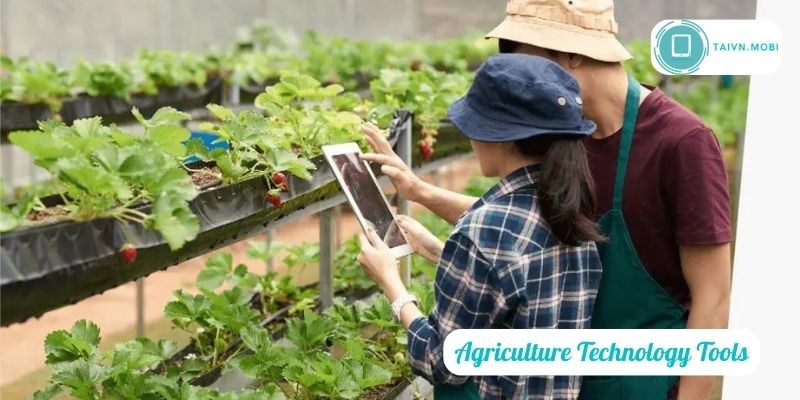
Agriculture technology 5.0, sometimes known as “digital agriculture,” is the next generation of farming technologies and instruments for increasing crop yields and other agricultural outcomes. 5G is one such technology that is now undergoing rapid development and will expand the reach and accessibility of the most recent agritech breakthroughs around the world.
Digital agricultural technology outperforms traditional farming practices in the following areas:
- The amount of data that can be collected in a given amount of time or space is referred to as data collection efficiency.
- Data accuracy is how close a measurement is to being correct.
- Timeliness: the speed with which data can be transformed into useful information and communicated to end users.
Agricultural producers have little to no control over weather, pests, and illnesses. However, with the development of digital technologies in agriculture, they may be able to mitigate the harmful impact of these variables. Meanwhile, digital agricultural technology enables farmers to significantly improve decision-making efficiency and the return on elements that they directly control. Here are several examples:
- What crops to cultivate
- How to rotate crops for maximum yield
- When and how much water should be used for precision irrigation?
- When, how much, and which fertilizers and plant protection products to use
- What sort of tillage works best with a particular soil type?
According to agricultural experts, the most valuable digital agriculture tools and technologies in terms of competitive advantages are cutting-edge farm management software, space-based solutions (particularly those that provide high-resolution satellite images), proximal sensors, connectivity instruments, and data-driven algorithms for threat prediction.
Conclusion
In conclusion, Agriculture Technology Tools are revolutionizing the farming landscape. With precision and efficiency, these tools optimize resource management, enable data-driven decision-making, and promote sustainability. From GPS and remote sensing to automated machinery, the future of farming is brighter than ever with these innovative technologies.
